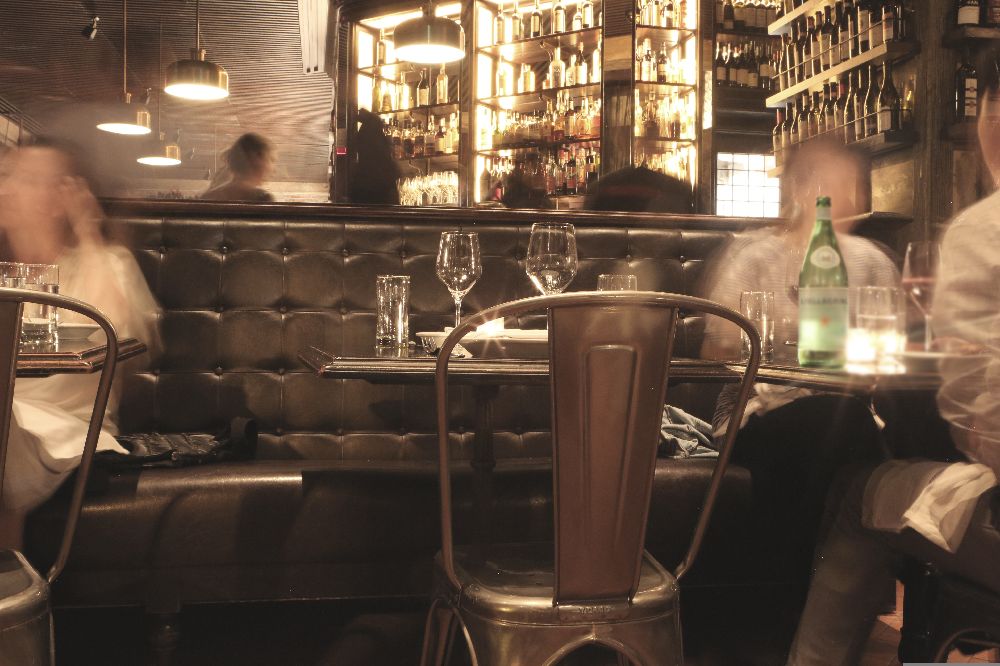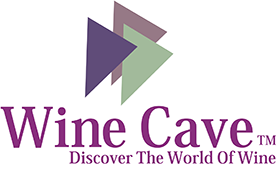 Some varieties of fine wine can last up to twenty years in storage until they are at risk for spoiling. Many lesser-quality wines only have a shelf life of a few years before spoiling. An open bottle of wine will only last a few days.
Some varieties of fine wine can last up to twenty years in storage until they are at risk for spoiling. Many lesser-quality wines only have a shelf life of a few years before spoiling. An open bottle of wine will only last a few days.
How can you get the most mileage out of your stored wine? It all comes down to knowing some wine storage techniques. If you are looking for some wine storage tips, you came to the right place.
Advice about wine storage comes down to moderating a few conditional factors in your storage area and learning the proper way to store wine.
Learning how to store wine doesn't have to be hard. This wine storage guide will tell you all you need to know. Here are 7 basics that you should take into account when storing wine.
1. Moderate Temperature for Wine Storage
Most experts agree that the ideal temperature for storing most varieties of wine is 55°F. You should consult the winery that produced your wine to determine the ideal storage temperature for their product.
You should never store wine above 65°F as this will cause it to spoil. Make sure to keep the temperature above 32°F as well, or your wine will freeze. To moderate temperature, check out this great looking wine cabinet.
2. Moderate Humidity
Another aspect of climate-controlling your wine is moderating the humidity in the area where it is stored. If humidity gets too low, it will dry out your wine corks. Dry corks leave your wine vulnerable to oxidation and spoilage.
If your humidity gets too high, the labels of your wine bottle may get compromised, devaluing your wine. A good rule of thumb is to keep the humidity of your wine storage area between 60 and 70%.
3. Minimize Exposure to Light
Storing your wine in a cool, humid, and dark place like a wine cellar is your best option. UV light will compromise your wine's flavor, aroma, and other elements of the aging process. It will also cause your wine to spoil sooner.
Make sure to block out any excessive light entering your wine storage area. The more you expose your wine to sunlight, the worse it will age. Make sure not to pull a bottle out from its storage area until the day you intend to drink it.
4. Minimize Vibrations
Vibrations such from things like exercise equipment or household appliances can ruin your wine. Vibrations will stir up the sediment in your wine bottle, ruining the delicate aging process.
Store your wine well away from anything that produces vibrations and try to avoid touching your bottles. The less the sediment in the bottom of the bottle is disturbed, the better off your wine will be at the end of its aging process.
5. Store Wine Horizontally
If your wine bottles have corks, you should never store them vertically. A vertically-stored wine bottle provides no lubrication to the cork. Storing wine in this manner will cause your cork to dry out over time and ruin your wine.
Storing wine horizontally allows the cork to be kept moist. Your best bet to store wine the correct way is to get a horizontal wine racking system. That way, your wine will be accessible, stored the right way, and look great in your home.
6. Use A Wine Cooler
A wine fridge is much different than your conventional home refrigerator for food. While your home fridge has a dry, cool internal temperature, a wine cooler moderates temperature and humidity in a way more conducive to wine.
It keeps wine cool but not cold. Usually, a wine fridge's internal temperature is right around 50-60°F, with a humidity of right around 65%. Keeping wine at this temperature and humidity is ideal for storage in the long term.
7. Know Wine-Specific Storage Techniques
Every type and bottle of wine has different storage specifications. Grapes are the most planted fruit across the globe, and this has led to a staggering variety of wines from all nations and regions.
The following are some common variations of wine and their optimum conditions for storage and shelf life.
White Wine
White wine has the lightest coloration of all varieties of wine. It also has the shortest shelf life, with most bottles only lasting in storage for 1-2 years past their expiration date.
You should store white wine at about 55°F and humidity in the high 60's. Some people prefer white wine chilled. You can leave cheap bottles in your fridge for up to a month, but for finer varieties, leave them in your cellar.
Red Wine
Most red wines will stay good for up to 3 years past their expiration date. You can store red wine at a higher temperature of up to 60°F but do not exceed this. Keep humidity high for the best aging results as well.
This type of wine is very sensitive to sunlight, so make sure that your storage area is dark. If you open a bottle of red wine, you can store it in the fridge or pantry, but make sure to consume it within a few days.
Sparkling Wine
Sparkling wine should be stored in similar conditions to white wine. Before consuming this type of wine, put it in your fridge to give it the chill drinkers come to expect with a bottle of sparkling wine.
Fine Wines
Fine wines often get better with time and rare vintages from decades ago are coveted items. You need to store fine wines according to the specifications given to you by the winery that produced them.
All wine will turn to vinegar after enough time, and fine wines are not immune to this fact. The better you store fine wine, the better it will age and the longer shelf life it will have.
Fine Wine Demands Fine Storage Techniques
If you are a wine connoisseur having a personal wine collection is a big deal. The last thing you want is your wine to spoil or age wrong. Knowing the basics of wine storage will ensure that your wine reaches its ultimate potential.
If you need any wine storage equipment or additional wine storage tips, contact us today. We are your wine storage experts and can help you ensure that your wine collection stays in pristine condition.
